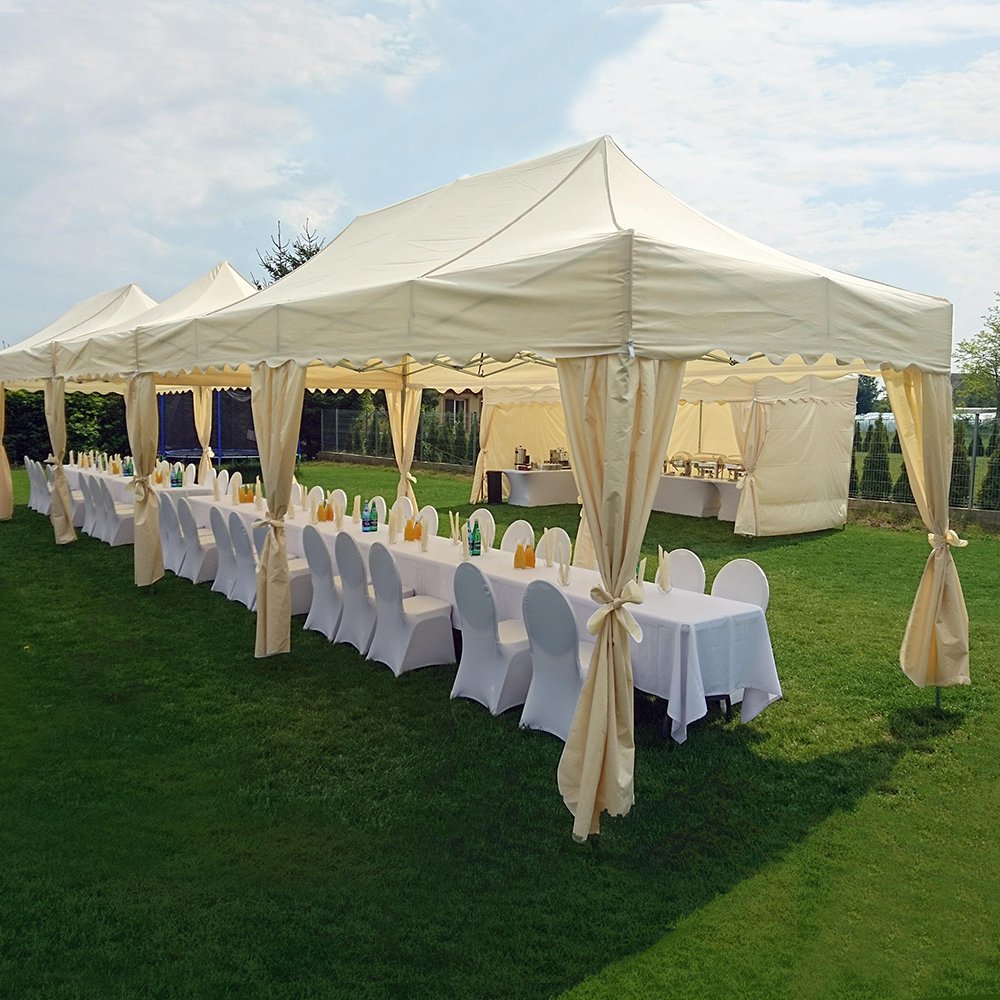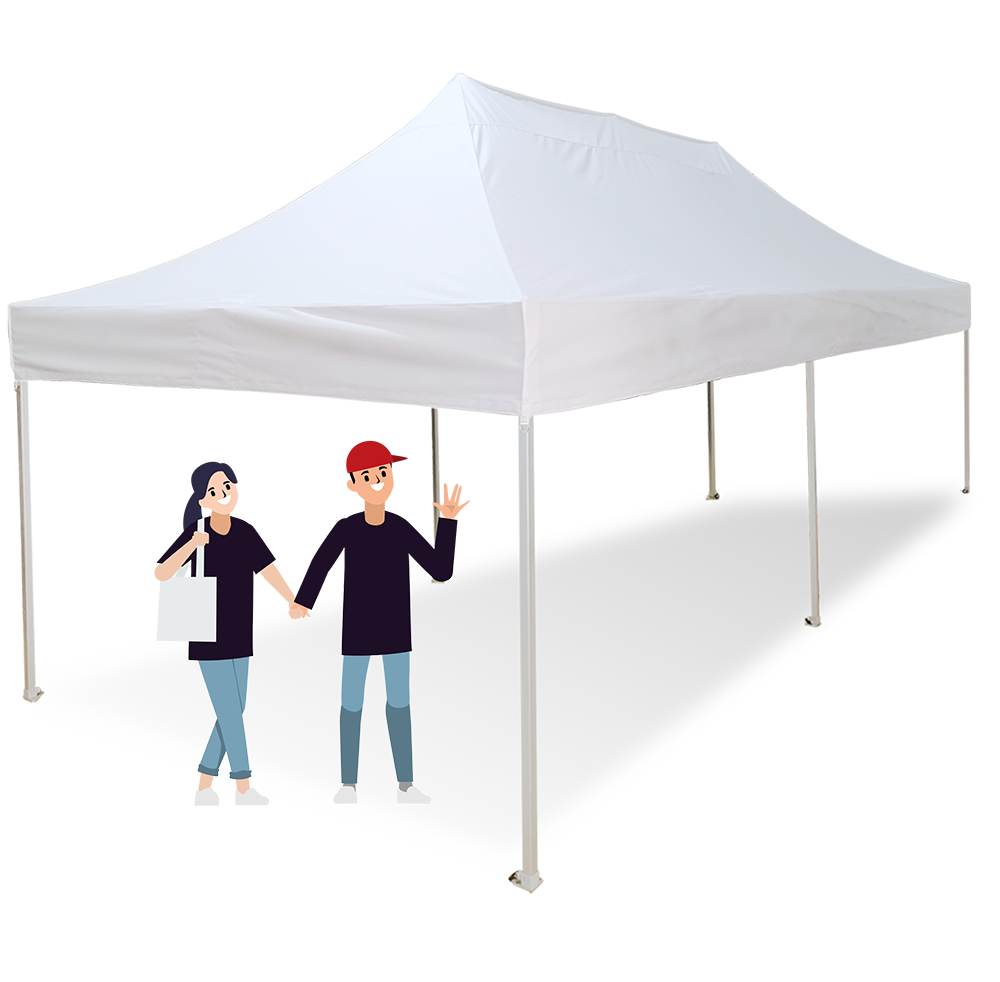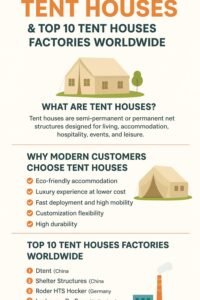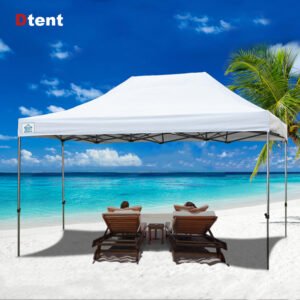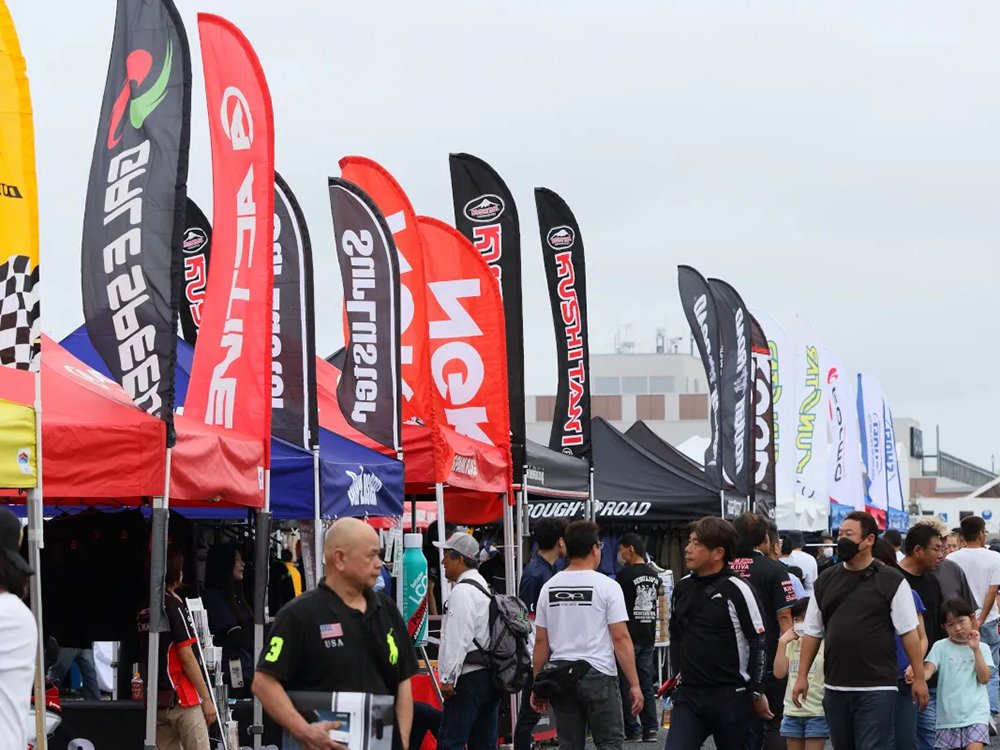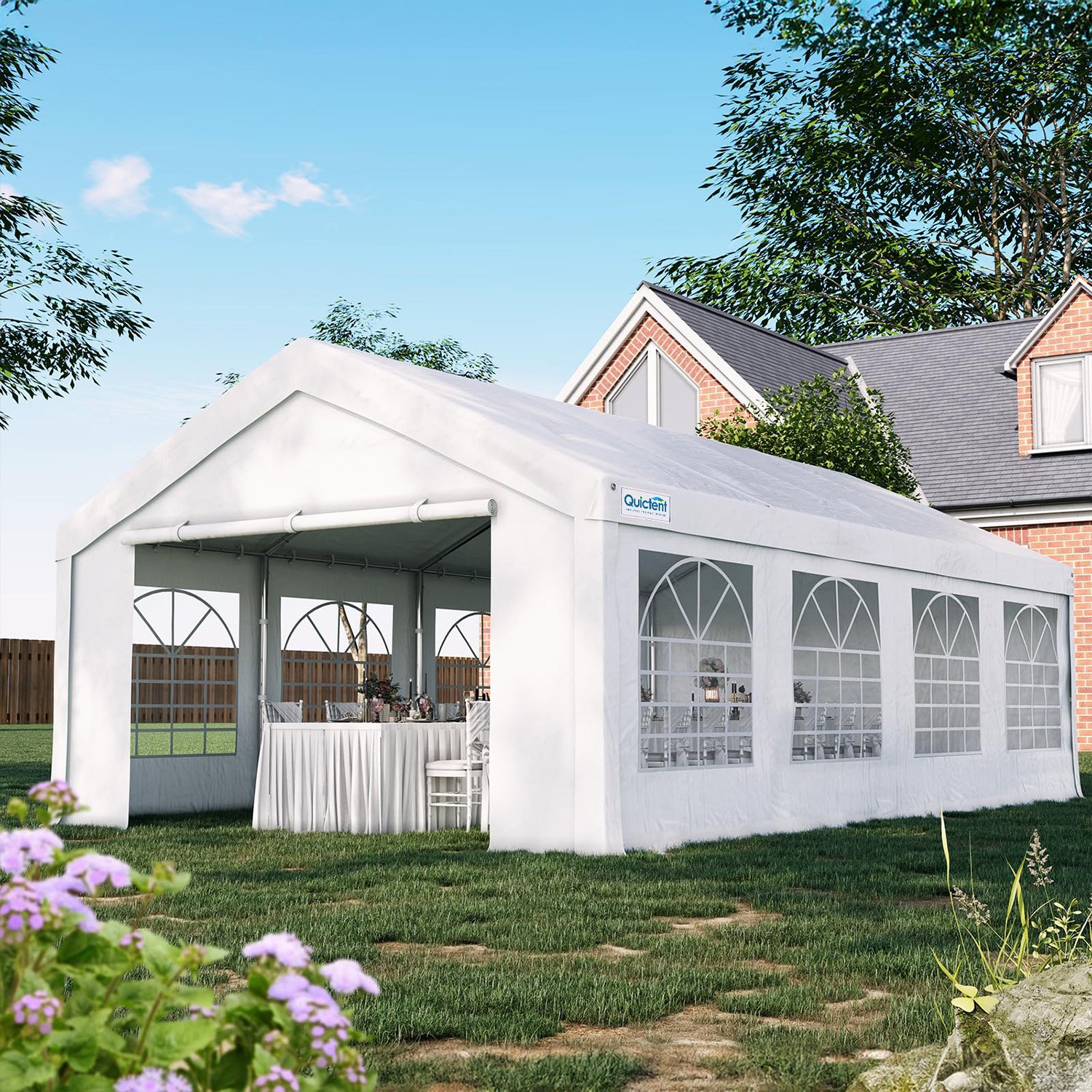Last Updated on 03/16/2025 by dtent.net
In the realm of outdoor activities and exhibitions, tents serve as essential sanctuaries, providing shelter from the elements while offering a space for display and interaction. The choice of tent fabric is crucial in determining the durability, comfort, and overall performance of the tent. Understanding the various types of tent fabrics and their unique characteristics can help you make an informed decision when selecting the perfect tent for your next adventure or exhibition. This blog post delves into the world of tent fabric, exploring their types, properties, and the benefits they offer.
1. Introduction to Tent Fabric
Tent fabrics have evolved significantly over the years, driven by advancements in material science and the ever-growing demands of outdoor enthusiasts. From traditional cotton canvases to modern synthetic materials, the options are vast and varied. Each fabric type comes with its own set of properties, suited for different environments and use cases.
2. Types of Tent Fabric
2.1 Nylon
Nylon is one of the most popular choices for tent fabric due to its combination of strength, lightweight, and affordability. It’s highly resistant to abrasion and tearing, making it ideal for withstanding the rigors of camping and backpacking.
- Strength-to-Weight Ratio: Nylon offers an excellent strength-to-weight ratio, making it a favorite among backpackers who prioritize lightweight gear.
- Weather Resistance: Treated nylons can be highly water-repellent and even waterproof. PU (Polyurethane) or silicone coatings are often applied to enhance these properties.
- Durability: Nylon tents can withstand UV rays and maintain their strength over time, though prolonged exposure to sunlight may cause some fading.
- Breathability: While not as breathable as some natural fabrics, nylon tents with mesh panels can improve airflow.
2.2 Polyester
Polyester is another synthetic fabric widely used in tent construction. It offers a good balance of durability, weight, and cost-effectiveness.
- Strength and Durability: Polyester is known for its high tensile strength and resistance to tearing and abrasion. It’s often used in high-wear areas like tent floors.
- Weather Resistance: Polyester fabrics can be treated to be waterproof and UV-resistant. They tend to handle moisture better than nylon, drying faster and maintaining insulation properties.
- Color Retention: Polyester fabrics retain their colors better than nylon, resisting fading even after prolonged exposure to sunlight.
- Cost-Effectiveness: Polyester tents are generally more affordable than those made from premium materials like silicone-coated nylons.
2.3 Cotton Canvas
Cotton canvas tents are a timeless choice, known for their durability, breathability, and classic aesthetic.
- Breathability: Cotton is naturally breathable, allowing for better airflow and reducing condensation inside the tent.
- Comfort: The natural fibers of cotton provide a more comfortable sleeping environment, regulating temperature better than synthetic materials.
- Durability: Cotton canvas tents are highly durable, withstanding wear and tear over extended use. They’re often favored for long-term camping or glamping setups.
- Weight: Cotton tents are heavier than their synthetic counterparts, making them less suitable for backpacking.
2.4 Silicone-Coated Nylon
Silicone-coated nylons are a premium choice for tents, offering a combination of lightweight, strength, and exceptional weather resistance.
- Waterproofness: Silicone coatings provide a durable waterproof barrier, often exceeding the standards set by PU-coated nylons.
- Durability: Silicone-coated nylons are highly abrasion-resistant and maintain their flexibility in cold weather.
- Lightweight: These fabrics offer an excellent strength-to-weight ratio, making them ideal for backpacking and other weight-sensitive applications.
- Cost: Silicone-coated nylons are more expensive than standard nylons or polyesters, reflecting their premium performance.
2.5 Polyurethane (PU)-Coated Fabrics
PU-coated fabrics are a cost-effective alternative to silicone-coated nylons, offering good waterproofness and durability.
- Waterproofness: PU coatings provide a waterproof barrier, though they may not be as durable as silicone coatings over time.
- Flexibility: PU-coated fabrics are flexible and can be used in a variety of tent designs, from backpacking tents to family campers.
- Cost: PU-coated tents are generally more affordable than those made from silicone-coated nylons.
- Environmental Impact: PU coatings may have a larger environmental footprint compared to silicone, as they often contain less eco-friendly chemicals.
3. Understanding Fabric Properties
When selecting a tent fabric, it’s important to consider its properties and how they align with your needs. Here are some key factors to consider:
3.1 Waterproofness
Waterproofness is measured in mmHG (millimeters of mercury) or by using the hydrostatic head test. A higher number indicates better waterproof performance. For most camping and exhibition tents, a waterproof rating of 1500-3000 mmHG is sufficient.
3.2 Breathability
Breathability refers to a fabric’s ability to allow moisture vapor to pass through, helping to reduce condensation inside the tent. Mesh panels and natural fibers like cotton enhance breathability.
3.3 Durability
Durability encompasses a fabric’s resistance to tearing, abrasion, and weathering. Look for fabrics with high tensile strength and good UV resistance to ensure long-lasting performance.
3.4 Weight
Weight is a critical factor for backpackers and other weight-sensitive applications. Lightweight fabrics like silicone-coated nylons are ideal for minimizing pack weight.
3.5 Cost
Cost can vary widely depending on the fabric type and quality. Balance your budget with the expected performance and longevity of the tent.
-
Rated 0 out of 5
-
Rated 0 out of 5
-
Rated 0 out of 5
-
Rated 0 out of 5
4. Choosing the Right Tent Fabric for Your Needs
The choice of tent fabric depends on your specific needs, including the type of outdoor activity, climate conditions, and personal preferences.
4.1 Camping and Backpacking
For camping and backpacking, where weight and packability are crucial, synthetic fabrics like nylon and silicone-coated nylons are ideal. They offer a good balance of strength, weather resistance, and lightweight.
4.2 Family Camping
Family camping tents benefit from more durable and spacious fabrics, such as polyester or cotton canvas. These materials provide a comfortable living space and withstand the wear and tear of family activities.
4.3 Outdoor Exhibitions
Outdoor exhibitions require tents that can withstand varying weather conditions and provide a professional appearance. Polyester or silicone-coated nylons are excellent choices for their durability, weather resistance, and ability to maintain a clean, professional look.
4.4 Glamping and Luxury Camping
Glamping and luxury camping tents often feature natural fibers like cotton canvas for their comfort, breathability, and aesthetic appeal. These tents provide a more luxurious camping experience, with added features like insulation and large windows for viewing the outdoors.
5. Maintaining Your Tent Fabric
Proper care and maintenance can extend the life of your tent fabric and ensure it performs well over time. Here are some tips for maintaining your tent:
- Cleaning: Regularly clean your tent to remove dirt, dust, and debris. Use mild soap and cool water, avoiding abrasive cleaners or harsh chemicals.
- Drying: Allow your tent to air dry completely after cleaning. Avoid using heat sources like dryers, as they can damage the fabric.
- Storage: Store your tent in a cool, dry place away from direct sunlight. Use a storage bag or container to protect it from dust and pests.
- Repairs: Promptly repair any tears or damage to prevent further wear and tear. Use appropriate repair kits and follow the manufacturer’s instructions.
6. Environmental Considerations
As outdoor enthusiasts, we have a responsibility to consider the environmental impact of our gear choices. Here are some eco-friendly considerations when selecting tent fabrics:
- Natural Fibers: Opt for natural fibers like cotton, which have a lower environmental footprint compared to synthetic materials.
- Recycled Materials: Look for tents made from recycled fabrics or materials that can be recycled at the end of their life cycle.
- Durability: Choosing a durable tent fabric reduces the frequency of replacements, thereby minimizing waste.
- Sustainable Practices: Support brands that prioritize sustainable practices, such as using eco-friendly coatings and minimizing packaging waste.
7.The choice of tent fabric is a critical decision
The choice of tent fabric is a critical decision that can significantly impact your outdoor experience or exhibition setup. By understanding the types of fabrics available and their unique characteristics, you can select a tent that meets your needs while providing the necessary durability, comfort, and performance. Whether you’re a backpacker seeking lightweight and weather-resistant materials or a glamper looking for comfort and aesthetic appeal, the right tent fabric can make all the difference.
Remember, proper care and maintenance are key to ensuring your tent lasts for years to come. By following the tips outlined in this guide, you can keep your tent in top condition and enjoy countless adventures under the stars. So, the next time you’re in the market for a new tent, consider the fabric carefully and make a choice that aligns with your outdoor lifestyleand environmental values.
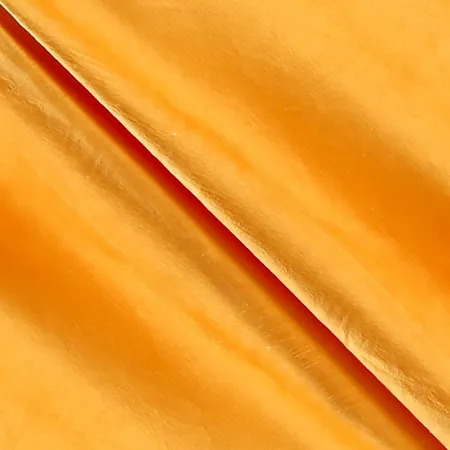


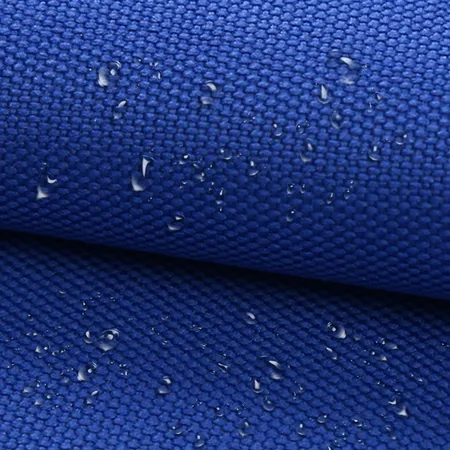
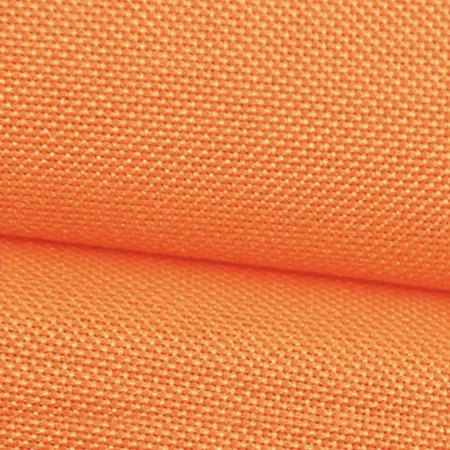
8. Innovations in Tent Fabric Technology
The world of tent fabric technology is constantly evolving, with new materials and treatments emerging to meet the demands of modern outdoor enthusiasts. Here are some of the latest innovations shaping the future of tent fabrics:
8.1 Advanced Coatings and Treatments
- Durable Water Repellent (DWR) Finishes: DWR finishes provide a temporary water-repellent barrier on the surface of tent fabrics. Unlike traditional waterproof coatings, DWR finishes allow the fabric to breathe while repelling light rain and dew.
- Nano-Coatings: Nano-coatings use tiny particles to create a waterproof and breathable barrier on the fabric surface. These coatings are often more durable and environmentally friendly than traditional treatments.
8.2 Sustainable Materials
- Recycled Polyester: Recycled polyester is made from post-consumer plastic bottles and other waste materials. It offers similar performance to virgin polyester but with a reduced environmental footprint.
- Biodegradable Fabrics: Researchers are developing biodegradable fabrics that can decompose naturally in the environment after use, reducing waste and pollution.
8.3 Smart Fabrics
- Temperature-Regulating Fabrics: These fabrics use special materials that can adapt to changing temperatures, keeping you warm in cold weather and cool in hot weather.
- Solar-Powered Fabrics: Solar-powered fabrics integrate solar cells into the fabric, allowing tents to generate their own electricity for lighting and charging devices.
8.4 Enhanced Durability and Weather Resistance
- High-Denier Fabrics: High-denier fabrics are made from thicker yarns, increasing their durability and resistance to tearing and abrasion.
- Multi-Layer Constructions: Multi-layer fabrics combine different materials to enhance performance. For example, a tent floor might have a waterproof and abrasion-resistant outer layer with a soft, insulating inner layer.
9. The Future of Tent Fabrics
As technology advances and environmental awareness grows, the future of tent fabrics looks promising. Here are some trends that we can expect to see in the coming years:
9.1 Increased Sustainability
Manufacturers are increasingly prioritizing sustainable practices, from using recycled materials to minimizing waste and pollution. Look for tents made from eco-friendly fabrics and treatments that reduce their environmental impact.
9.2 Enhanced Performance
Advancements in material science will continue to push the boundaries of tent fabric performance. We can expect to see fabrics with better waterproofness, breathability, durability, and insulation properties, making camping and outdoor exhibitions more comfortable and enjoyable.
9.3 Integration of Technology
Smart fabrics and integrated technology will become more common in tents, offering features like temperature regulation, solar power, and connectivity. These innovations will make tents more versatile and functional, meeting the demands of modern outdoor enthusiasts.
9.4 Personalization and Customization
With the rise of 3D printing and other advanced manufacturing techniques, tent fabrics will become more personalized and customizable. Consumers will be able to choose fabrics with specific properties and designs that align with their outdoor lifestyle and personal preferences.
10. Final Thoughts
he choice of tent fabric is a critical decision that can significantly impact your outdoor experience or exhibition setup. By understanding the types of fabrics available, their unique characteristics, and the latest innovations in tent fabric technology, you can make an informed decision that aligns with your needs and values.
As you explore the world of tent fabrics, consider factors like weather resistance, breathability, durability, weight, cost, and environmental impact. And don’t forget the importance of proper care and maintenance to ensure your tent lasts for years to come.
With the right tent fabric, you can create a shelter that not only protects you from the elements but also enhances your outdoor adventure or exhibition. So, the next time you’re in the market for a new tent, take the time to research your options and select a fabric that will serve you well on your journey. Happy camping!
Our story began 15 years ago, when we established our factory with the vision of becoming the leading producer of customized tents, canopies, flags, umbrellas, and other related products. Since then, we have been dedicated to providing high-quality and tailor-made solutions for our clients, partnering with numerous reputable brands in the industry.
We are a professional factory specializing in the production of custom-made tents, canopies, flags, and other event supplies. With 15 years of experience, we have a strong research and development team and impressive production capabilities. We have also served many brand clients and have earned a solid reputation in the industry.
Are you a Trading Company or Manufacturer?
We are a manufacturer specialized in Folding tents, Outdoor umbrellas, Beach flags, Advertising Banners
Can you do design for my ideas or drawing?
Yes, we have experienced designers and our own molding factory. According to your requirements, we can design or open mold which has a competitive price.
Can you print any logo for customer?
Yes, both OEM and ODM is available.
How long does sample take?
Sample will be ready within 5-7 days, depends on your printing and material requirements.
What is your advantage?
Cost effective; with low price; Time effective: we promise to make the mass delivery within 30 days Service effective: Our sales people promise to reply your enquiry within 12 hours.
Can I make my customize logo and packaging?
Yes, please contact us for specific details if you need a logo or custom packaging.


